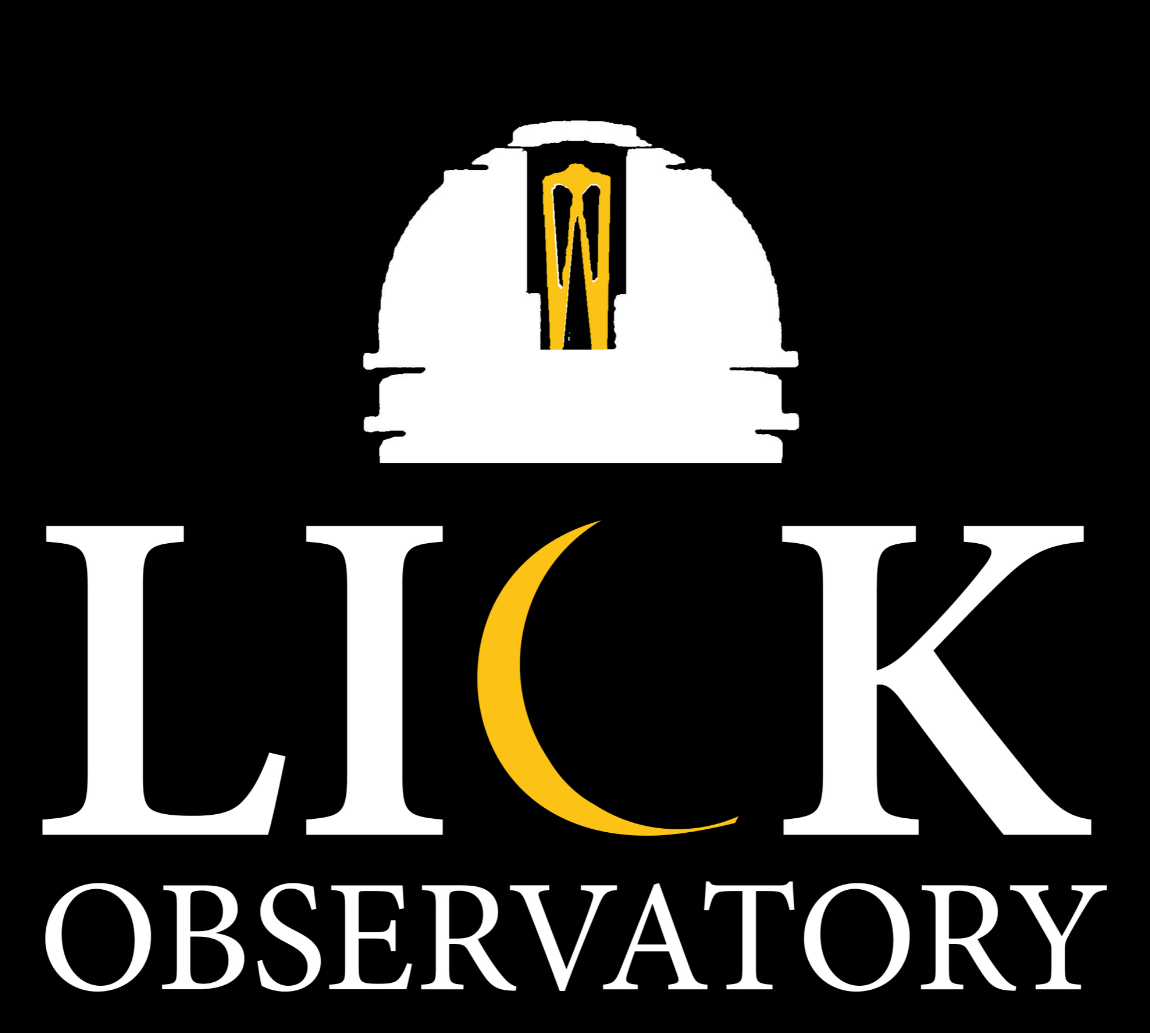Research Telescopes
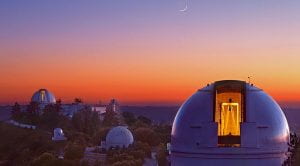
Lick Observatory maintains a number of research telescopes with high tech instrumentation.
Adaptive Optics
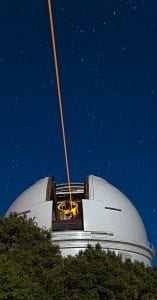
The turbulence of the earth’s atmosphere creates an inherent problem for earth-based observations. Because the atmosphere is not uniform, pockets of varying density air bend (refract) the light from observed objects. This causes the familiar “twinkle” of stars. While poetic, this twinkling creates havoc with observations which are recorded over a period of time, in effect blurring the image.
Adaptive optics (AO) systems detect and measure how the blurring is affecting the image, and warp an auxiliary mirror to compensate for this blur. The deformable telescope mirror is almost infinitely adjustable. It changes shape in numerous places many times per second, compensating for changing atmospheric conditions to focus light precisely.
Lick Observatory engineered the first astronomical Laser Guide Star (LGS, or AO LGS) system, making adaptive optics more practical. Before correcting the blurring of an observed object, AO systems must measure the atmospheric distortion. Sometimes a nearby bright star can be used as a “guide star,” to measure this distortion. More often, no bright star is near enough to the object to be observed. The Lick LGS system actually creates a guide “star” by shooting a laser beam into the sky, making sodium ions in the upper atmosphere glow. The atmospheric distortion is measured using this manmade “star,” and the deformable mirror is adjusted accordingly to get a clear view of the observed object. This system is now being used at observatories throughout the world.
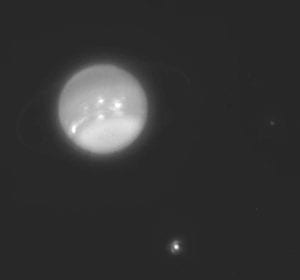
Some highlights:
- Adaptive Optics (AO) has enabled atmospheric observations of planets and satellites within our solar system, including Uranus’s and Neptune’s weather and the atmosphere of Titan.
- Active galaxies have black holes in their centers that are actively consuming gases and emitting x-rays. Using adaptive optics, Lick astronomers can study two types of active galaxies.
- Observations of asteroids indicate that some asteroids are actually double. With AO, these objects are resolved into two separate images.
- Quasars are very distant and massive active galaxies that emit visible light, x-rays and radio waves. Using AO, researchers now observe quasar spectra.
- Seyfert galaxies visible and infrared light, x-rays, and radio waves. Through direct imaging, AO is beginning to reveal the inner environment adjacent to the black hole, as well as the surrounding galaxtic structure.
Infrared Instrumentation & Observation
Light pollution, or light from communities and industries adjacent to observatories that reduces the accuracy of observation, is an increasing problem throughout the world today. Astronomers are increasingly interested in infrared (IR) observation, which measures wavelengths that we perceive as heat, because there is less earth-based “pollution” in this area of the spectrum. Many new IR cameras and spectrographs are being designed and built.
Mt. Hamilton is less light-polluted than many observatories, thanks to the city of San Jose. San Jose employs low-pressure sodium vapor streetlights which “pollute” only one small area of the spectrum. However, the night sky over Mt. Hamilton is even more “dark” (without interference) in the IR range.
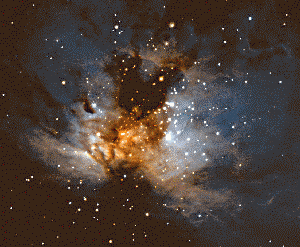
Many astronomical processes create IR radiation that can be observed and analyzed. Examples include star formation, forming and colliding galaxies, novae and supernovae, and the event horizons of black holes. Astronomers can quantify IR radiation from around “room temperature” to several thousand degrees above absolute zero.
IR radiation also penetrates cosmic dust clouds more easily than visible light. This makes IR observation superior to visible light observation if the process itself is dusty, such as star formation The image to the left reveals a dense cluster of young stars (reddish region in center) which is obscured at visible wavelengths by the nebula’s dark central dust lane. (NGC 2024 image courtesy Ian McLean and UCLA IR Lab.) IR observation is also practical for observing remote objects when there are cosmic dust clouds between the object observed and the observer.
The now-retired Lick Infrared Camera (LIRC-II) was an early pioneer in IR imaging, used at the Cassegrain foci of both the Shane and Nickel telescopes. The Gemini IR Imaging Camera, built at UCLA Infrared Labs, was used with the Shane telescope. IR-sensitive instruments are specially built for Adaptive Optics (AO), and IR-sensitive CCDs are being developed. Clearly, IR observation and imaging will be widely used in future research at Lick Observatory, and throughout the world.
PANOSETI
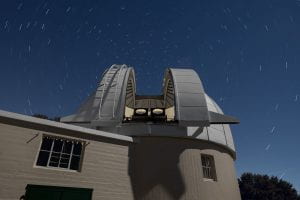
PANOSETI (Pulsed All-sky Near-infrared Optical SETI) is a novel instrument to detect pulsed laser signals from intelligent extraterrestrial life. The two cameras, sensitive to optical and near infrared light, are mounted in the Carnegie Dual Astrograph dome and view a large area of the sky. The goal is to increase the sky area searched, wavelengths covered, number of stellar systems observed, and duration of time monitored. Transient astrophysical phenomena can also be detected using this instrument. The cameras were installed in late 2019. More information is available at the UCSD OIR Lab, run by Shelley Wright.
PEAS
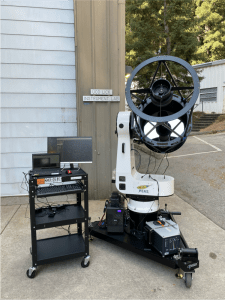
PEAS, the Planet as Exoplanet Analog Spectrograph 0.5-m telescope was commissioned at Lick Observatory in November 2020. The instrument is designed to observe Solar System planets as if they are exoplanets. PEAS uses an integrating sphere to produce disk-integrated images of Solar System planets, which are then fed via fiber to a spectrograph. A beamsplitter sends some light to an imager so simultaneous imaging and spectra of Solar System planets can be obtained. The disk-integrated spectra and simultaneous imaging will then be analyzed using exoplanet modeling tools, in order to validate and test those tools. PEAS observations in combination with theoretical modeling will help to inform the next generation of instruments designed to characterize exoplanets.
CAMS
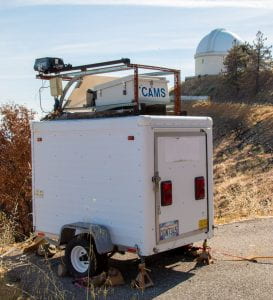
CAMS is wide field array of cameras to detect meteors. The CAMS instrument at Lick Observatory was among the first of what is now a network of over 100 similar cameras around the world detecting meteors. Meteors detected by multiple cameras allows the researchers, headed by Peter Jenniskens at the SETI Institute, to calculate the meteor’s telemetry and discover new meteor showers. Some meteors do have pieces hit the ground and using the computed path of the meteor, Dr. Jenniskens and collaborators will search for the meteorites. Once the meteorites are recovered, the researchers can learn more about the origin of the meteor.
Seismograph
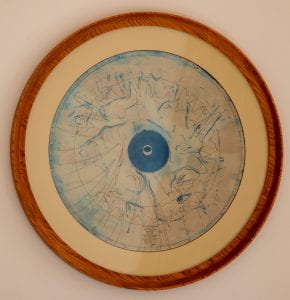
The first seismograph was installed at Lick Observatory in 1888. At the time is was the second seismograph in California, with the first at UC Berkeley. Lick Observatory has continued to operate a seismograph on-site to this day, with it now known as station MHC in the Berkeley seismograph network. A display of the current seismograph output is visible in the Lick Observatory Visitor Center.

Weather Stations
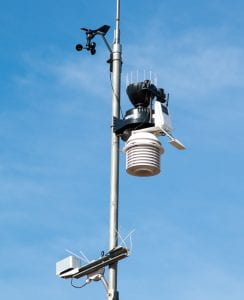
Astronomers and telescope operators need current, local weather information to make sure that it is safe to operate the telescopes and protect the valuable equipment from moisture, high winds, airborne particles, etc. Lick Observatory maintains many weather stations around the various telescopes and peaks of Mount Hamilton to monitor the weather and the microclimates at different elevations and peaks. http://mthamilton.ucolick.org/techdocs/MH_weather/ contains links to current weather conditions at Lick Observatory as well as other weather resources for the astronomers and telescope operators to use when evaluating weather conditions.
Lick Observatory has been providing weather information to the National Weather Service since 1881.
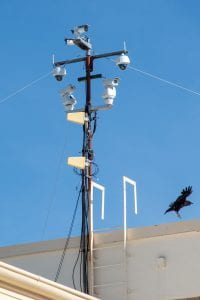
To supplement our weather stations, we also maintain many web cameras that are accessible to the public to monitor cloud cover, marine layer altitude, and general weather conditions. Additional cameras monitor for signs of wildfires in the area.
Supernovae Survey to Cosmology
Lick astronomers look at supernovae to discover how stars explode, what types of stars explode, and how stars change after exploding. They seek to understand the overall role of supernovae in cosmology, ie. the dimensions and history of the universe.
The Katzman Automatic Imaging Telescope (KAIT) is programmed to search robotically for distant supernovae on every clear night of the year. If KAIT “sees” differences in luminosity within a galaxy, indicating a possible supernova, it notifies astronomers, who investigate further using the Kast spectrograph on the Shane telescope and the direct imaging camera on the Nickel telescope.
Search for Extrasolar Planets
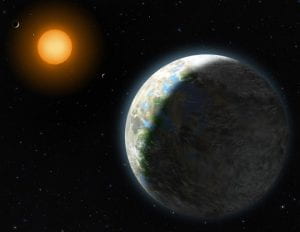
Lick Observatory is a leader in the search for planets outside our solar system. Too tiny and distant to be seen directly, these planets are detected when their gravity affects the velocity of their parent star, causing the star to “wobble” in a regularly repeating pattern. UCO planet hunters have detected such wobbles as small as 1.0 m/second, equivalent to walking speed.
Lick astronomers monitor about 1000 stars similar to the sun in luminosity, surface temperature, and evolutionary stage. Many Jupiter-size and Saturn-size planets have been discovered, and more recently rocky planets in the habitable zone around their stars. As technology improves, smaller planets will be discovered more frequently. The ultimate goal of extrasolar planet search is to discover a solar system similar to our own with earth-like planets that may support life. The first such planet was found here was found at Lick in 2010.
The Shane telescope and the Hamilton spectrograph was previously used to hunt for planets. The Automated Planet Finder (APF) telescope and Levi spectrograph are the current planet hunting technology in use at Lick Observatory.
Chemical Composition & Evolution of Stars & Galaxies
Since the early 1980s, Lick Observatory has been well known for research on chemical compositions of stars within our Milky Way galaxy. Astronomers observe properties of stars in various stages of their evolution, piecing together pictures of how both stars and galaxies evolve chemically.
Astronomers are particularly interested in nucleosynthesis: how elements are created in stars. They want to know exactly how a star, which starts out as mostly hydrogen, becomes rich in metals and other elements over time.
Two research methods are employed. The first is analogous to an archeological dig. Astronomers observe elements in older stars within our own galaxy at various evolutionary stages. Using this late (evolutionary) process data, they create a continuum of evolutionary history by logging the results into a “time line” to draw conclusions about how older stars have evolved.
Another research method is analogous to replaying a videotape of an action that occurred long ago. Astronomers study the spectra of high red-shift galaxies, which are distant galaxies in early stages of evolution. Observing the early processes of young galaxies, astronomers extrapolate these findings to draw conclusions about how young stars evolve.
The goal of this research is to understand the evolution of individual stars as well as the overall chemical evolution of the Milky Way and other galaxies.
Both the Kast and the Hamilton spectrographs on the Shane telescope are used in this research.
Search for Low-Mass Companion Stars
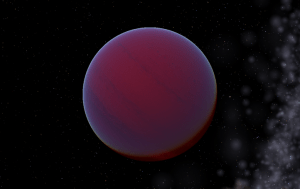
UCO/Lick astronomers are searching for brown dwarfs and other low-mass companions to known stars, particularly stars that have unconfirmed exoplanet detections from the Kepler and TESS space telescopes. These stars are too small and dim to be imaged using conventional cameras, which rely on visible light. The Shane telescope uses adaptive optics and the ShARCS near-infrared camera to image these systems with high resolution, enabling astronomers to view these faint companion stars.
Distant Radio Galaxies
Astronomers have detected the presence of very distant and massive galaxies, which emit large amounts of radio waves, by studying spectra produced by the Kast spectrograph on the Shane telescope. These are thought to be galaxies at early stages of evolution. Astronomers study these galaxies to determine the source of their radio emissions and to understand evolution of very massive galaxies.
Massive Intergalactic Hydrogen Clouds
Lick astronomers observe very distant clouds of intergalactic hydrogen. These clouds are as massive as galaxies, but unlike galaxies have no luminosity, so their spectra cannot be recorded directly.
Astronomers study these hydrogen clouds indirectly using quasars. Quasars are very remote sources of radiation. When the light emitted by a quasar passes through a massive hydrogen cloud before reaching Earth, the hydrogen cloud absorbs certain wavelengths of light, producing a spectrum that can be studied.
Astronomers believe that massive hydrogen clouds are very young progenitors of various types of galaxies, which show a picture of early star formation and chemical evolution.
Both the Kast and Hamilton spectrographs on the Shane telescope are used in this research. The Kast is used to identify quasars beyond massive hydrogen clouds. The Hamilton is used to study absorption lines in the quasars’ spectra.
